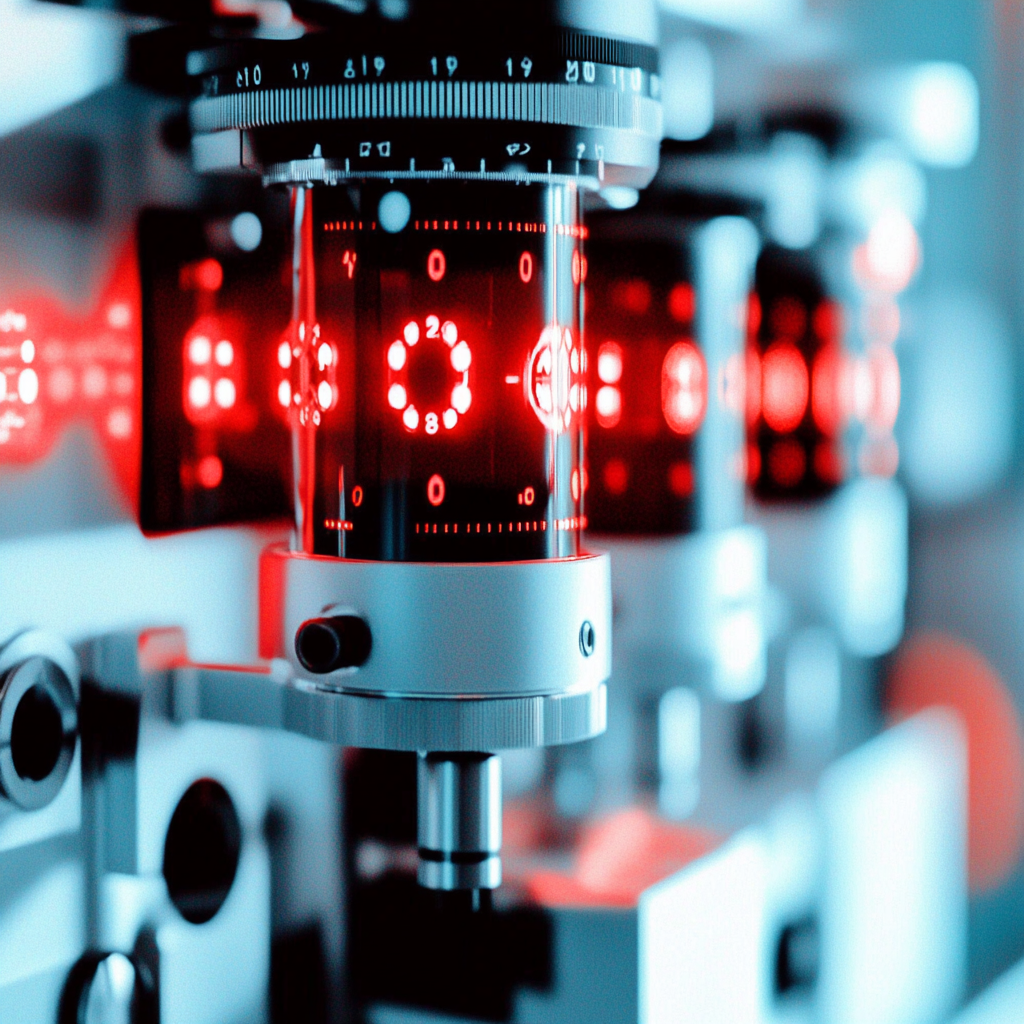Breast Cancer Res. 2025 Sep 29;27(1):171. doi: 10.1186/s13058-025-02108-4.
ABSTRACT
BACKGROUND: Inflammatory breast cancer (IBC) is an aggressive and highly angiogenic disease. Eribulin is a microtubule inhibitor with anti-angiogenic properties.
METHODS: In a phase II trial, we examined the efficacy of an eribulin-containing neoadjuvant regimen (eribulin- > doxorubicin plus cyclophosphamide (AC) or AC- > eribulin) for patients with newly diagnosed HER2-negative IBC. Pathologic complete response (pCR: ypT0/Tis ypN0) was the primary endpoint; residual cancer burden (RCB) categories were also recorded. Five patients from each cohort underwent dynamic contrast enhanced MRI (DCE-MRI) and diffusion weighted MRI. All patients had research breast biopsies for transcriptomic, differential gene expression, and cell subset analysis at baseline and one week after the first dose of therapy.
RESULTS: 19/22 (86.4%) patients had hormone receptor-positive disease. All patients were able to undergo planned curative-intent surgery and radiation. One patient had a pCR, and long-term outcomes were encouraging: after median follow up of 76 months, 3 patients experienced disease recurrence. Five-year event-free survival (EFS) was 85.6%. The regimen was tolerated with expected side effects-the most common grade 1 or 2 AEs were fatigue (95.5%), nausea (68.2%), and alopecia (63.6%). Seven out of 22 (31.8%) patients experienced any grade 3 or 4 AE, with neutropenia (22.7%) being the most common. DCE-MRI showed decreased tumor vascularization after 1 week of treatment versus baseline. Transcriptomic analysis using quantification of synthesized dsDNA libraries and tumor microenvironment analysis of paired baseline and on-treatment samples showed residual cancer burden (RCB)-III tumors were more likely to have genes associated with adipogenesis/fatty acid metabolism and cells associated with immunosuppression.
CONCLUSIONS: Despite the low pCR rate, all patients were able to undergo curative surgery, and long-term outcomes were encouraging with 5-year EFS 85.6%. Decreases in tumor vascularization with treatment were detected by DCE-MRI parameters irrespective of initial chemotherapy received. Adipogenesis/fatty acid metabolism and cells associated with immunosuppression are potential mechanisms of resistance and targets for future investigation in this unique patient population.
TRIAL REGISTRATION: ClinicalTrials.gov (NCT02623972)(Registration date: 12/02/15).
PMID:41024110 | DOI:10.1186/s13058-025-02108-4
